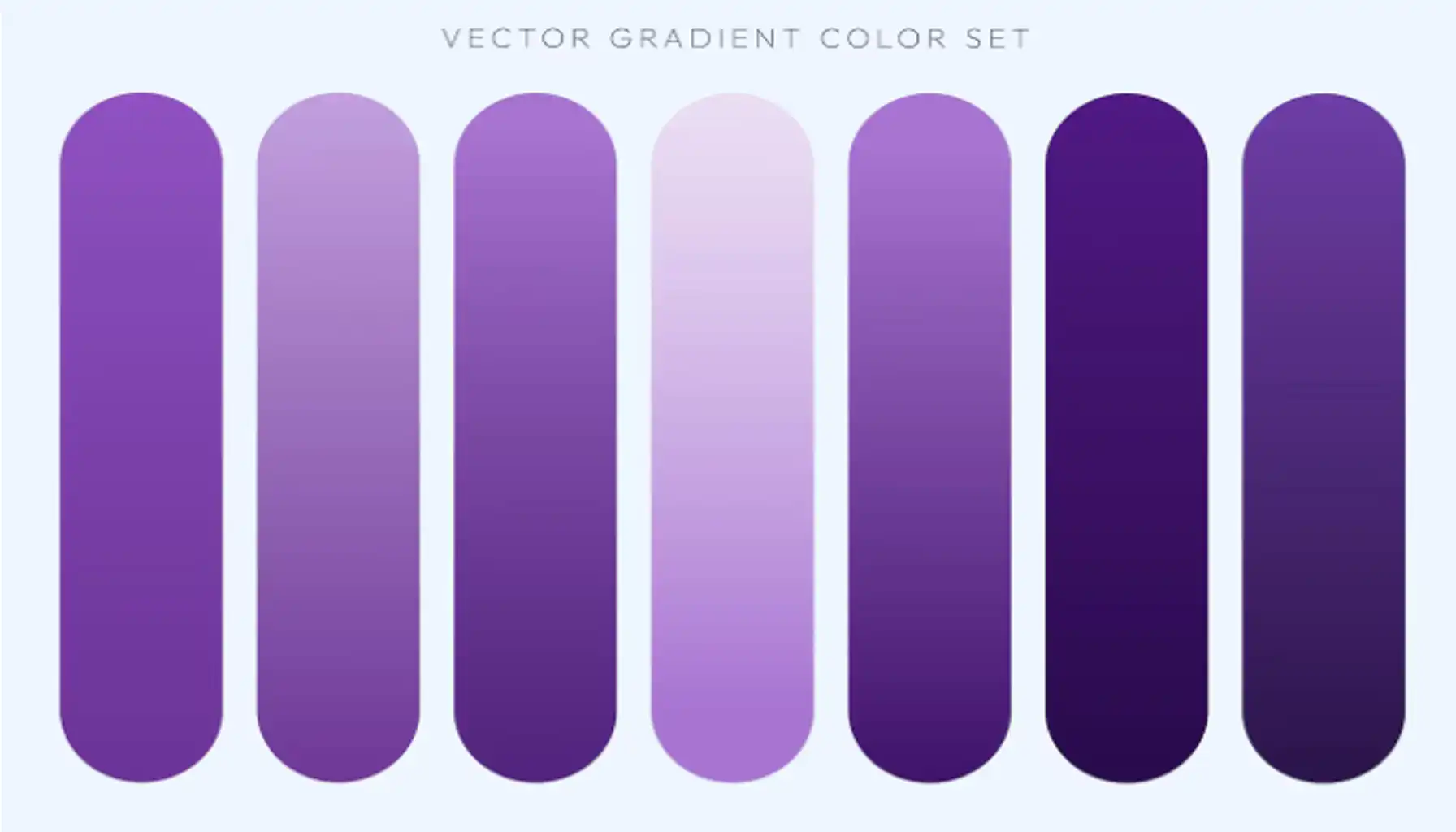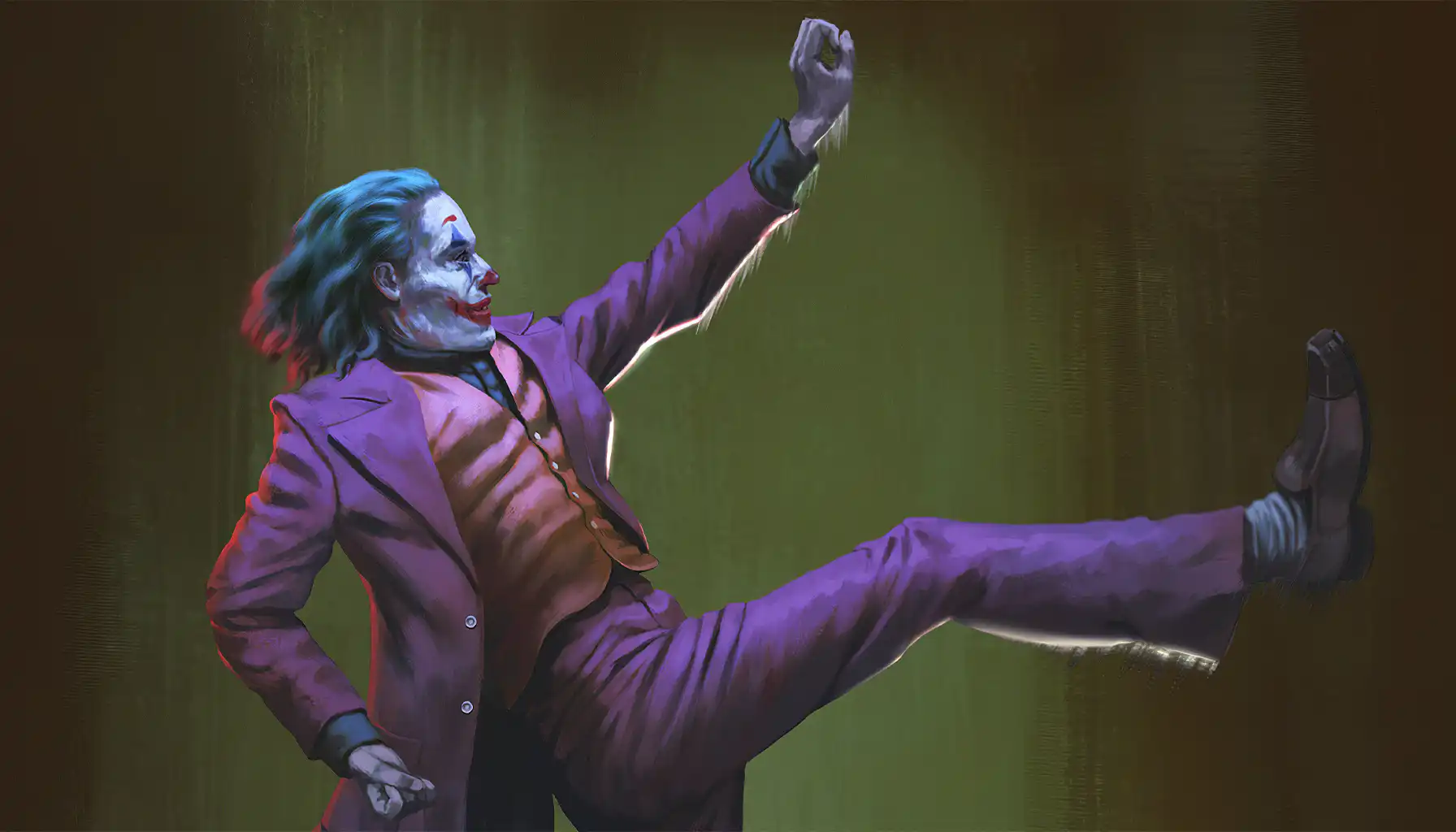Porphyrophobia – Understanding the Fear of Purple

Porphyrophobia is the irrational fear of the color purple. The porphyrophobia definition comes from the Greek word porphyra (purple) and phobos (fear). Like other specific color phobias, it is considered a subtype of chromophobia (or chromatophobia), which is the broader fear of colors in general.
How does it fit into the spectrum of chromophobia?
Chromophobia (general): Some people experience anxiety or distress around many colors at once, often linked to overstimulation, cultural associations, or traumatic experiences.
Color-specific phobias (subtypes): More commonly, individuals may develop phobias tied to a single color. These are seen as subcategories of chromophobia, such as:
Leukophobia (fear of white)
Erythrophobia (fear of red)
Xanthophobia (fear of yellow)
Cyanophobia (fear of blue)
Porphyrophobia (fear of purple)
Porphyrophobia is rather rare compared to other color fears, but it still fits within this same framework. In some ways, even online brain training games can help cope with it.

Psychological and Biological Roots
Phobias, including color-related ones, often come from a combination of psychological learning processes and biological predispositions.
Classical conditioning: A negative or traumatic event linked to the color purple—for example, an accident, illness, or conflict that occurred in a purple-dominated setting—can create an unconscious association. Later, even neutral exposure to the color may trigger anxiety.
Traumatic experiences: Direct experiences, such as bullying connected to clothing color or distressing medical environments decorated in purple, can establish long-lasting aversions.
Inherited sensitivity: Research suggests that some people inherit a heightened sensitivity to visual or sensory stimuli. This may predispose them to color phobias.
On a biological level, visual stimuli such as colors are processed first through the retina and then transmitted to the visual cortex, where perception is constructed. The amygdala, a brain structure central to fear processing, can react rapidly to these inputs.
If a particular hue is strongly linked to threat or discomfort, the amygdala triggers a fear response before rational evaluation occurs. Thus, purple—though harmless in itself—can become a direct neural “threat signal” in people with porphyrophobia.

Symptoms
Porphyrophobia produces both physical and emotional-behavioral symptoms, much like other specific phobias:
Physical responses: When encountering purple objects, sufferers may feel acute anxiety, sweating, trembling, dizziness, or an accelerated heartbeat. In severe cases, shortness of breath or even panic attacks can occur.
Emotional and behavioral responses: People often feel an overwhelming urge to avoid the color entirely—steering clear of purple clothing, refusing to enter decorated rooms, or rejecting items with purple packaging.
When compared with other color phobias, the pattern is similar:
In erythrophobia (fear of red), red may symbolize blood or danger.
In xanthophobia (fear of yellow), associations with sickness or toxins may dominate.
Ultimately, while each chromophobia subtype is color-specific, the anxiety mechanisms and avoidance behaviors share a common foundation.

Impact on Daily Life
Living with porphyrophobia can influence daily decisions in subtle and sometimes disruptive ways. The fear of purple often requires conscious avoidance, which can make life unexpectedly stressful.
Everyday challenges: Choosing clothes becomes complicated when purple fabrics must be avoided. Floral arrangements containing lavender or violets may trigger unease. Even digital environments, such as websites or apps with purple branding, can provoke anxiety.
Social and emotional consequences: Events like weddings, parties, or holidays can be difficult if purple is part of the décor. This avoidance may limit social participation, create embarrassment or cause feelings of isolation. In professional settings, phobia-related anxiety can interfere with productivity, especially in creative industries where colors are unavoidable.
Treatment and Coping Strategies
There is no single cure for porphyrophobia, but a combination of therapeutic approaches and self-management techniques often brings relief.
Approach | Description | Benefits |
Exposure therapy | Gradual, guided exposure to the color purple in controlled settings, starting with mild forms (photos, small objects) and progressing to stronger stimuli. | Helps desensitize the fear response over time. |
Identifies irrational thoughts and reframes them with healthier perspectives. | Reduces the emotional power of phobic triggers. | |
Relaxation techniques | Mindfulness meditation, controlled breathing, or progressive muscle relaxation used before or during exposure. | Lowers physical anxiety symptoms and increases self-control. |
Digital tools and apps | Mobile apps for phobia tracking or mental health support allow users to log triggers, monitor progress, and practice calming exercises. | Provides structure, motivation, and data for therapy. |
Curiosities and Pop Culture Connections
Purple has always carried a special weight in culture. Though rare in nature, it became the color of emperors, bishops, and artists. In media, it often signals power or danger — e.g., The Joker in Batman or Prince’s Purple Rain.
Brands like Cadbury and Yahoo use it to stand out. For someone with porphyrophobia, these common symbols can make daily life more challenging, since the color is hard to avoid even if it isn’t everywhere.

Porphyrophobia may be uncommon, but it is a real condition. Understanding the porphyrophobia meaning shows empathy for people whose fear is triggered by something as simple as a color.
Coping is possible. At the same time, this phobia reminds us how strongly colors shape our feelings, our culture, and even the way we see the world.





